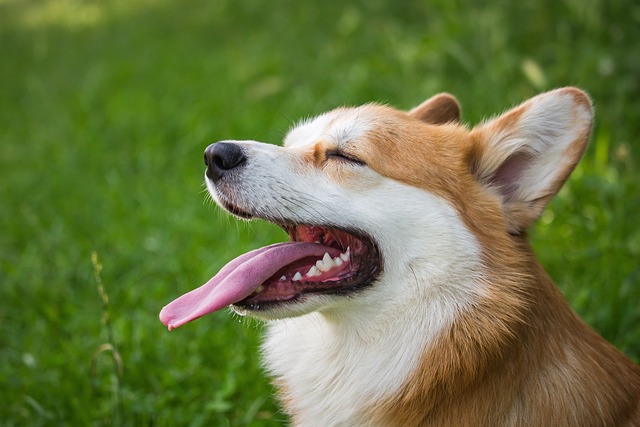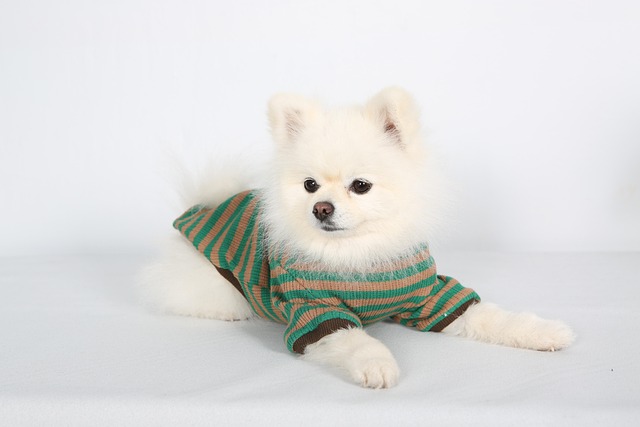
What vitamin is good for dogs' skin
Seeing your dog constantly scratch or noticing dry, flaky skin can make you wonder if a simple vitamin might be the solution.
You're vacuuming tumbleweeds of golden fur from your Boston apartment carpet in January, while your neighbor's Husky leaves snowy drifts of undercoat on their Minneapolis patio during a July heatwave. This apparent chaos follows a hidden biological logic. While temperature influences shedding, the true conductor is daylight duration. Dogs' coats respond to photoperiod (day length), triggering major seasonal "coat blows" as days lengthen in spring and shorten in fall. Temperature plays backup singer: extreme heat can cause stress shedding, while year-round artificial climates (like constant 72°F AC) may disrupt natural cycles. Double-coated breeds like German Shepherds or Golden Retrievers experience dramatic undercoat explosions, while Poodles shed minimally but constantly.
Managing fur requires syncing with these rhythms. During peak shedding seasons, arm yourself with breed-specific tools. For Arctic breeds, use an undercoat rake before baths to lift dead fur efficiently – my Arizona cousin swears by pre-9 AM grooming sessions to avoid overheating her Malamute. Indoor climate control matters too: winter heating dries air to desert-like humidity, causing brittle fur. Place water bowls near radiators or use pet-safe humidifiers to maintain 40-60% humidity. Nutrition forms your frontline defense: diets rich in omega-3 fatty acids (think salmon oil or sardines) strengthen hair follicles, reducing excessive shedding by nearly 40%. Hydration is equally crucial – dehydrated skin sheds more. Try freezing bone broth into lick mats or investing in a circulating fountain.

Stay alert for abnormal shedding patterns. When you notice sudden bald patches or inflamed skin, seek veterinary guidance immediately. That rescue Beagle in Austin whose "endless shedding" puzzled his owner? It resolved with allergy medication after diagnosing flea dermatitis. This vigilance ties directly to legal responsibilities. Regular grooming sessions offer perfect opportunities to check rabies vaccination tags – expired records could mean $500 fines in California if your stressed dog nips someone during a vet visit. Culturally, positive reinforcement is non-negotiable across U.S. communities. Never scold dogs for shedding or force them through stressful grooming. Instead, transform brushing into bonding time with high-value rewards like cheese bits. For apartment dwellers, fur management becomes community courtesy: vacuum high-traffic areas every other day using pet-specific models, never shake fur-covered blankets from balconies (most HOAs prohibit debris dispersal), and always carry biodegradable waste bags during walks – loose fur clinging to park benches annoys neighbors.
A final pro tip: Stash a compact shedding kit (rubber curry brush, lint roller, and collapsible bowl) in your car. When my Seattle neighbor's Newfoundland unexpectedly blew coat during a ferry ride, this saved her upholstery. Remember – shedding is healthy renewal, not a battle to win. By harmonizing your care with nature's rhythms while respecting legal and social norms, you'll navigate fur seasons with grace.

Seeing your dog constantly scratch or noticing dry, flaky skin can make you wonder if a simple vitamin might be the solution.

If you’re a new dog parent in the US—maybe you’re sitting on your Portland apartment couch, staring at your 1-year-old Australian Shepherd

If you’re a new dog parent in the US—maybe you’re sitting on your Atlanta apartment floor, holding your 6-week-old Beagle puppy, Daisy, who’s curled up in your lap

If you’re a new dog parent in the US—maybe you’re standing in your Denver apartment’s kitchen, staring at a bag of high-quality puppy kibble and a bottle

Seeing your puppy grow daily is amazing, and it’s natural to want to give them every advantage, including supplements.

Brown stains on white dog fur aren’t just unsightly—they can also hint at underlying issues like tear duct irritation or poor grooming habits, which matter even more when you’re following local pet care laws.